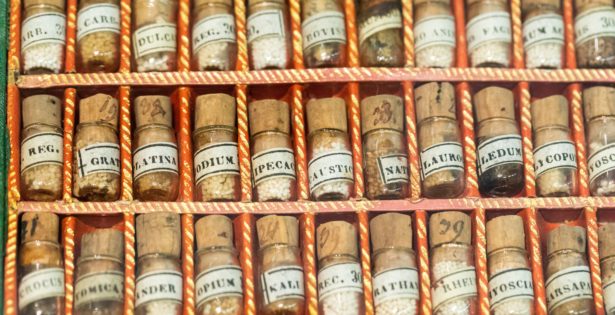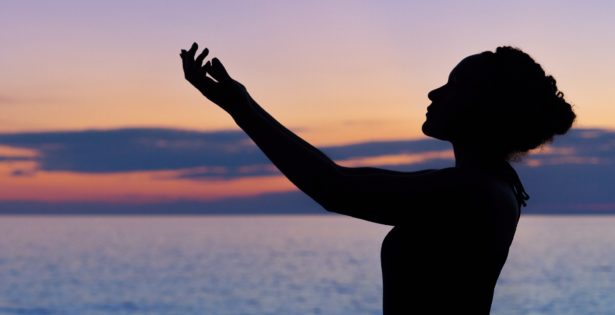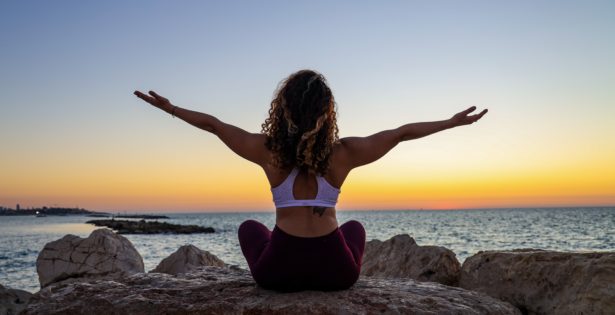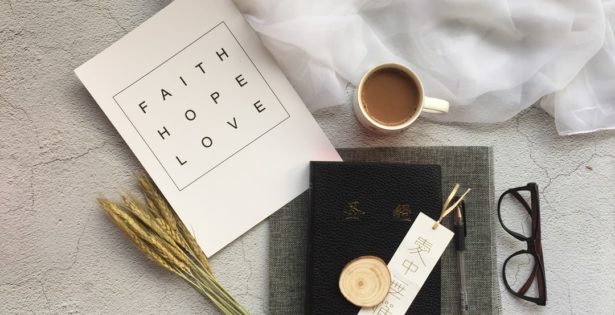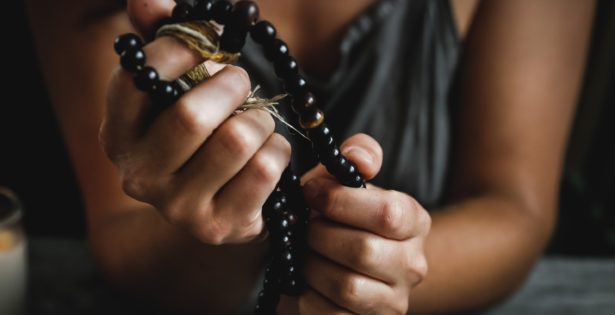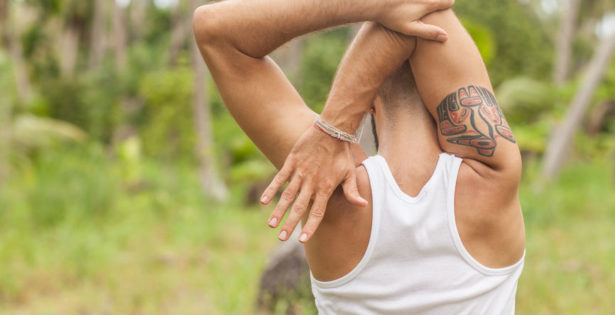In my early 20s I had a boss who would ask me every morning, “How goes the battle?” I had never heard that expression before, but recognized that he meant,… Read More
Pain Relief
What Everyone Should Know About Pain
While I wouldn’t wish pain on anyone, I don’t always think it’s best to make it go away as fast as possible. Sometimes the need to manage pain takes us… Read More
The Gift of Knowing How to Manage Your Own Pain
For the holidays we gave our eight-year-old daughter a set of indoor monkey bars. That meant I spent a day with my arms above my head, screwing eye bolts into… Read More
Are We Fooling Ourselves When We Believe in Alternative Medicine?
Last week I wrote about the theory of homeopathy. Homeopathy is the practice of prescribing specially prepared homeopathic remedies made from extremely dilute natural substances. In many cases, a remedy… Read More
The Science Behind Our Pain: Inquiring Minds Want to Know
A couple weeks ago, I wrote about the differences between acupuncture and “dry needling” to alleviate pain, and in that article I explained a bit about the phenomenon of myofascial… Read More
16 Ways to Treat Migraines Naturally
About 25 years ago I worked for a company that made high end sports goggles. Though the front of the building was covered with posters of pro swimmers and skiers… Read More
The Gift Inside Our Pain
What do you know about hormesis? It’s the phenomenon that (kind of) explains the expression “what doesn’t kill me makes me stronger.” Technically, hormesis refers to biological processes in which… Read More
From Suffering to Grace
Early in my practice, people told me I should choose one area of medicine to specialize in, but I was resistant to it because of the lack of variety. Also,… Read More
The Power of AND
I saw a woman being interviewed about her opinion of Trump and Obama. She felt quite strongly that one was the devil and the other a saint. The interviewer asked… Read More
True Stories of Miraculous Natural Pain Relief
The other night at dinner, my older daughter was complaining that she had injured her wrist at her aerial silks class and it hurt to hold a fork. I leaned… Read More
5 Ways to Relieve Back Pain
Almost everyone will experience at least one episode of back pain in their life, and many of us will have several bouts or even chronic back pain. While acupuncture, massage,… Read More
We’re Helping You Without Stepping Into Your 6-Foot Bubble
Dear Community, We’ve closed our spas in Portland and Boulder in order to help flatten the curve (slow the emergence of new cases of coronavirus to lessen the impact.) We hope to… Read More
11 ways to create peace in the time of coronavirus
Lots of people are anxious about this illness – and the impact of mass hysteria – so I want to share some rational advice on what you can do to… Read More
Getting Smarter about Pain
A couple weeks ago, I introduced some concepts on the workings of pain that I think are useful for everyone to know. They’re derived from my explorations into Traditional Chinese… Read More
The Basic Mechanism of Pain and Suffering that Every Human Should Know
Early in my career, I found it gratifying to treat pain and I was pretty good at it. The art of choosing the right acupuncture points is fascinating, creative, and… Read More



 Cart
Cart


